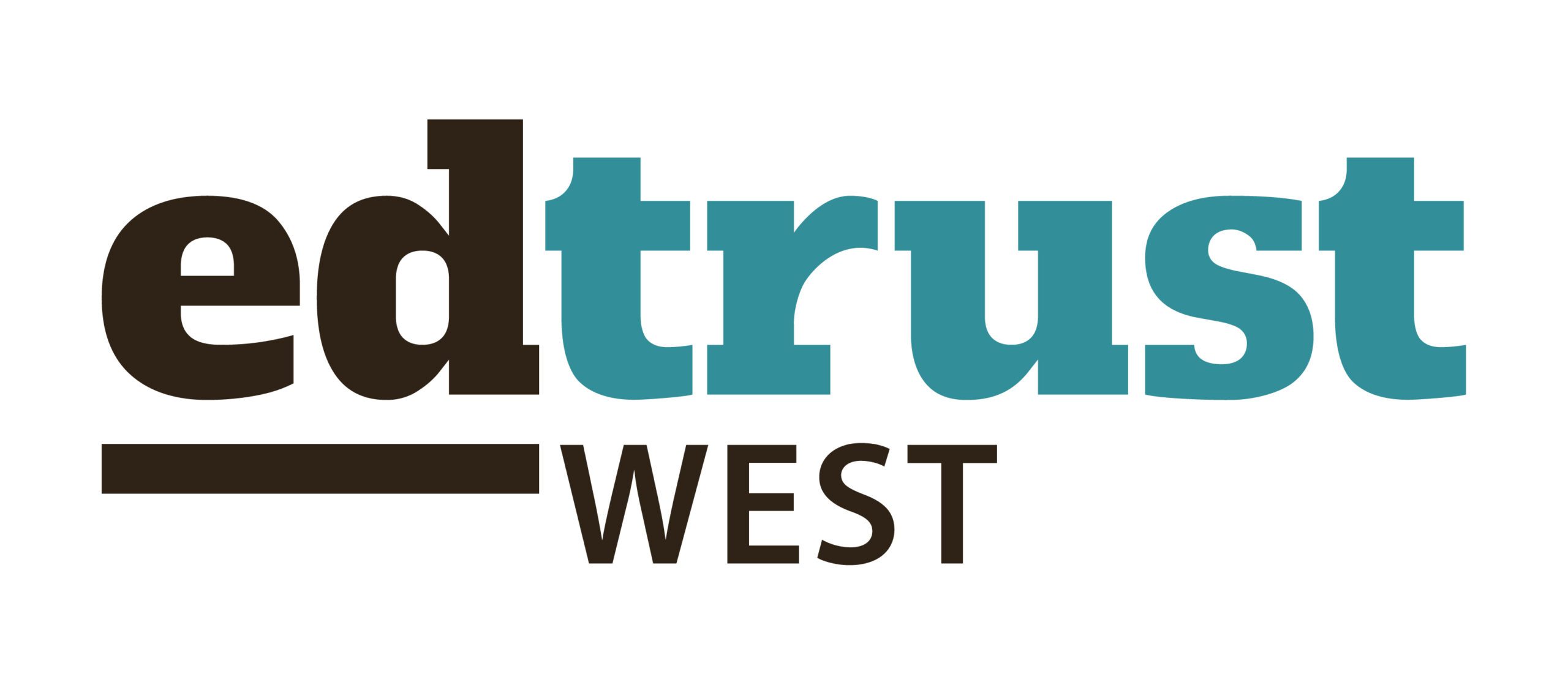(OAKLAND, CA) A few years into California’s Local Control Funding Formula (LCFF), school district funding is more equitable but access gaps persist according to The Steep Road to Resource Equity in California Education: The Local Control Funding Formula After Three Years, a new research study by The EdTrust-West. Through comprehensive data analysis, the report finds that LCFF has reversed inequitable revenue gaps that used to exist between the highest and lowest poverty school districts. The revenue gap was at its widest point right before LCFF, with the highest poverty districts receiving $829 less per student in 2012-13. The analysis found that funding three years into LCFF was more equitable, with the highest poverty districts receiving an average of $334 more per student in 2015-16.
While this research finds that funding has become more equitable, it did not find evidence that this funding has yet translated into more equitable opportunities for students in low-income schools. The highest poverty schools still have less access to crucial school support staff, and a rigorous and broad curriculum – in some cases these gaps have widened. Low-income students have, for example, significantly less access to counselors and librarians and courses like Calculus, Physics, Computer Science, and Music. Our research could not fully assess how equitable spending is at the school site level, since budget information is not reported in a standardized or centralized way.
“While we fully support the intent of the law, LCFF’s success hinges on how we implement the formula and how districts think about using the whole budget to support equity.” said Ryan J. Smith, Executive Director of The EdTrust-West. “The law revolutionized how we fund districts, now it’s time that we focus on closing opportunity gaps for low-income students and students of color.”
Despite policy and economic constraints, some districts are using the full budget and leveraging personnel to support equity. These districts are shifting dollars and staff to higher need schools, and addressing institutional barriers to opportunities. The report concludes with recommendations for policymakers and district leaders to reaffirm California’s commitment to LCFF, improve funding transparency, and use LCFF to expand equitable opportunities in school districts.
###
